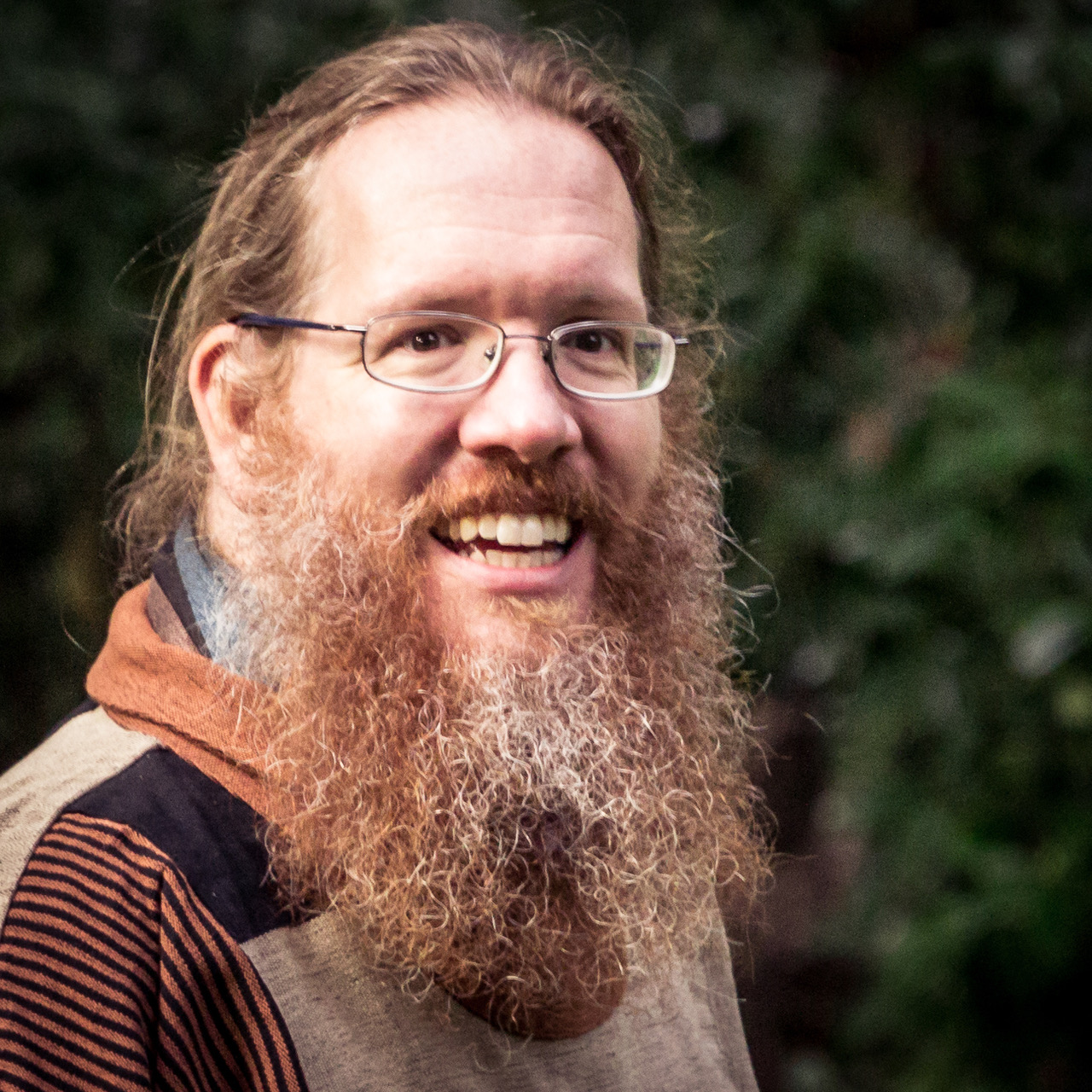I'm a Research Professor of Astronomy at the California Institute of Technology and the Project Scientist for the Zwicky Transient Facility (ZTF), the first of a next generation of time-domain sky surveys producing hundreds of thousands of public transient alerts per night. I have previously worked on the Catalina Real-time Transient Survey (CRTS), a still unmatched data set in terms of temporal baseline coverage; the NOAO DataLab; the Virtual Observatory; and the Palomar-Quest Digital Sky Survey.
My main research interests are the application of machine learning and advanced statistical methodologies to astrophysical problems, particularly the variability of quasars and other stochastic time series. This is in part to deal with the unprecedented volumes of data that 21st century astronomy is generating but also to expand our ability to work with complex systems of information beyond simple correlations.
In particular, I have ongoing projects in real-time low latency inferencing via the NSF-funded HDR Institute for Accelerated AI Algorithms for Data-Driven Discovert (A3D3), the application of reinforcement learning to optimize followup campaigns of astrophysical phenomena, the development of neural differential models for modeling the variability of supermassive black holes, and the functional analysis modeling of multivariate time series.

